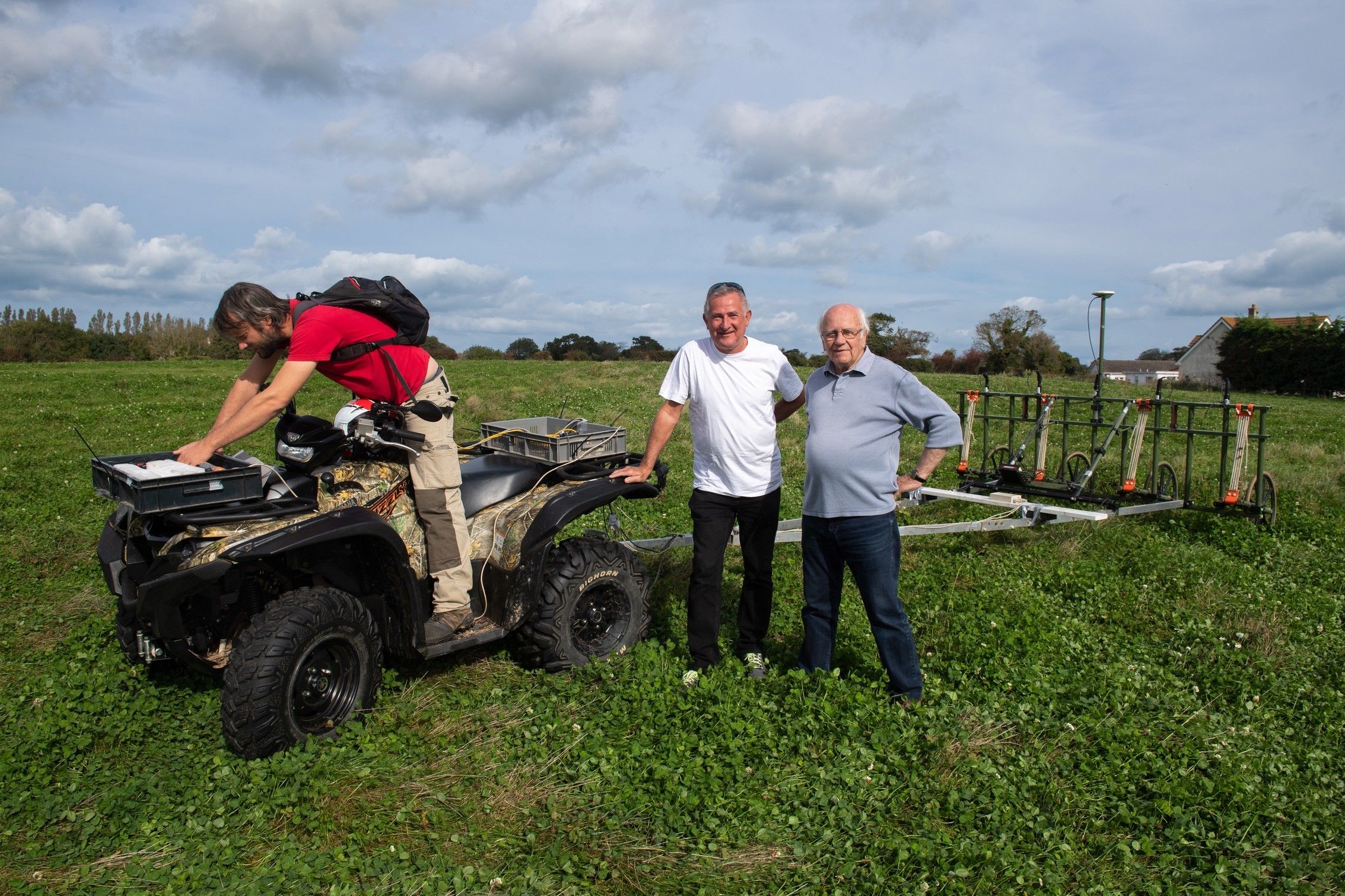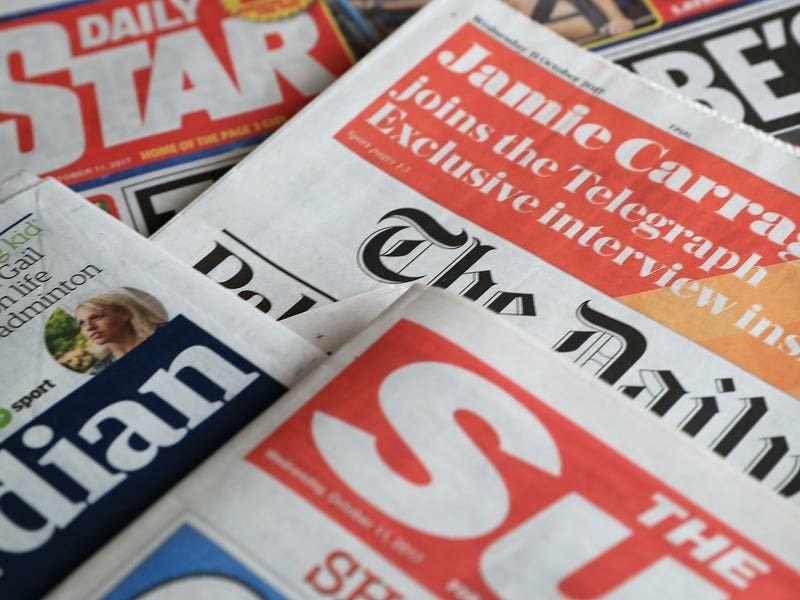THE “biggest ever geophysical study in Jersey” began this week, looking into the area where the world’s largest Celtic coin hoard was found.
The three-day, non-invasive study across almost 30 acres of Grouville fields, was carried out by French archaeologists and overseen by the Field Archaeology Department of the Société Jersiaise.
It will try to explain why coins from the Le Câtillon hoards were stored in that particular position, to uncover information about daily life in the past, explore settlements that may be hidden beneath the ground, and to protect against illegal artefact hunting, known as “nighthawking”, at the site.
Fields with significant heritage value
The fields in Grouville have been found to contain artefacts from the Neolithic, Iron Age, Bronze Age and Roman eras.
Among these discoveries were the Celtic hoards discovered in 1957 and 2012.
The 1957 discovery included around 2,500 Gaulish coins and jewellery, potentially stored in ceramic vessels.
In 2012, detectorists Reg Mead and Richard Miles found the world’s largest Celtic coin collection, with coins from various tribes, including those from southern Britain from around 40 BC. It also includes Europe’s biggest assortment of torque neck rings, along with gold and silver jewellery and ingots, as well as ancient flora and fauna such as millipedes and centipedes from 2,000 years ago.
The magnetic survey
Described by those involved as the ‘biggest ever geophysical study in Jersey’, the survey is non-invasive. Archaeologist Hervé Duval-Gatignol explained that the survey is non-invasive, using specialised equipment to detect variations in the magnetic field below the ground, which is linked to elements such as ditches, pits, or holes.
He described how, in Jersey, magnetic interference from granite and complicated bed rock makes this work particularly difficult.
The data will then be mapped, and differences in colour will show magnetic anomalies. This could indicate hidden archaeological elements, such as settlements or other evidence of past communities.
Data collected during the survey will be processed in France over four weeks. A report summarising the programme’s findings will be prepared and submitted to the relevant official at the Field Archaeology Department.
Uncovering social history
The survey’s major goal is to learn more about the historical background of the hoard, such as where the coins came from and why they were buried in these specific fields.
It is hoped that this examination will reveal whether these coins were made locally or brought from France, raising the question of why people 2,000 years ago would choose to deposit their precious materials in Jersey.
The Field Archaeology Department were also looking for additional evidence of past communities, villages, fortresses, storage sites, or religious sites. This would shed light on people’s daily lives during the period, such as burial practices, trade relations, and religion, allowing Islanders to better understand their local history.
The shape of possible settlements could be historically significant. Mr Mead explained that “rectangular settlements may signify Jersey’s French heritage, while circular structures might reflect its British influence”.
They also hope to discover artefacts and clues relating to daily life, from the Neolithic, Iron Age or Roman times.
A controversial purchase price
The government’s decision to purchase the 2012 hoard for £4.5 million in 2021, against official advice, sparked debates about the valuation of such finds and their public ownership, as well as concerns about illegal “nighthawking” – the use of metal detectors to uncover and steal antiquities.
The Société Jersiaise and authorities have been aware of illegal artefact hunts since 2021. This is another reason for the survey, which will allow archaeologists to recover significant objects and protect the site against looting.
Other efforts to address these issues include the development of updated treasure laws for the Island, which focus on historical rather than monetary value.
Additionally, £250,000 of the purchase price was allocated to establish an educational trust for scientific and educational research into the hoard.






